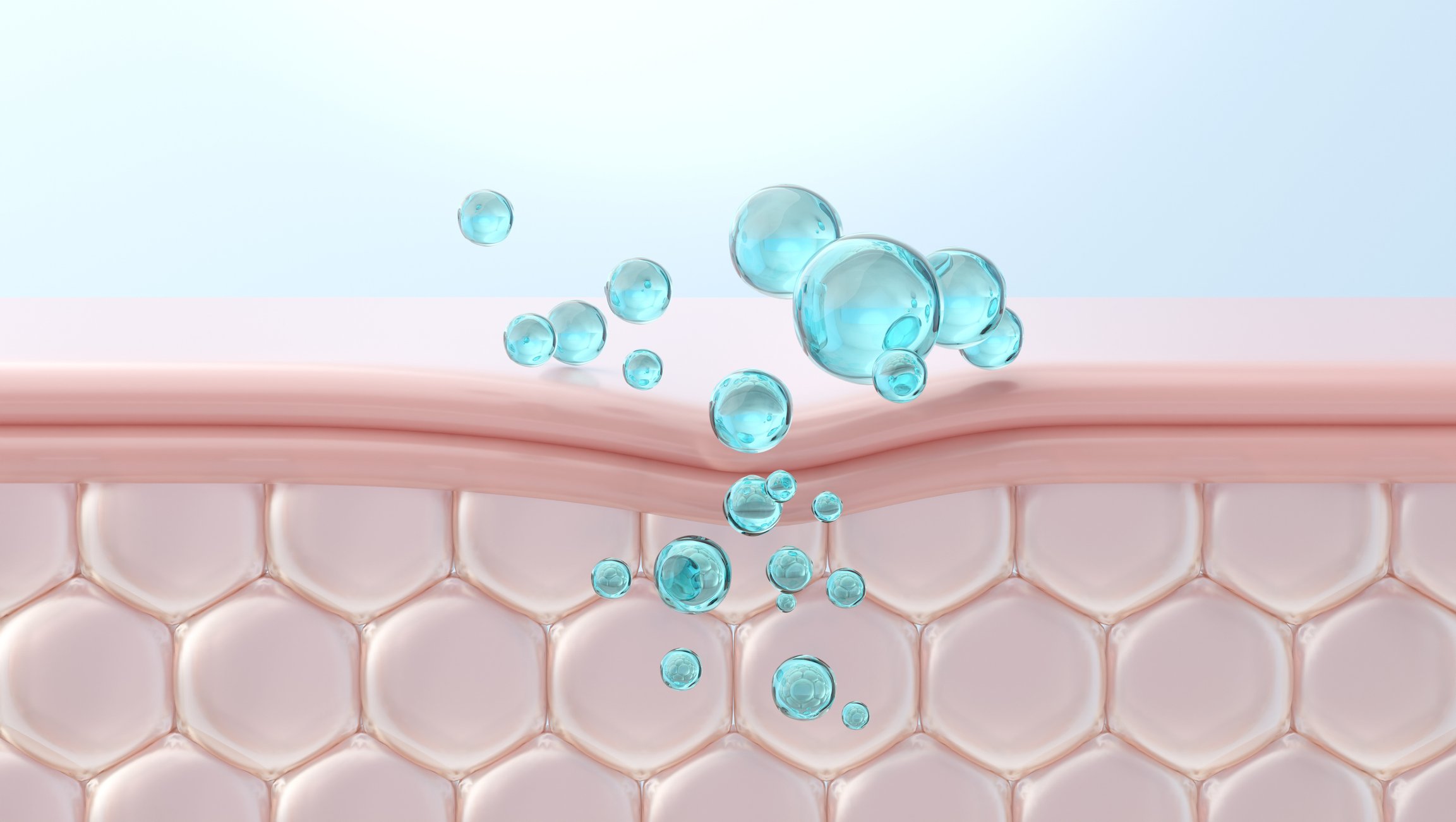Prof. Dr. med. Martin Krause, Münsterlingen, spoke on June 2 about early summer meningoencephalitis (FSME). If infection with the virus has occurred, neurasthenia syndrome should be noted in addition to meningitis and encephalitis. Around 80% of infected patients suffer from this and are often unable to work for up to nine weeks. Vaccinations provide good protection, but they must be done correctly. In still too many cases, only a single vaccine dose is administered, but this does not guarantee the patient’s protection against TBE.
When asked why Prof. Dr. med. Martin Krause, Münsterlingen, deals with the rather uncomfortable animals ticks, the answer was “Thurgau is an Eldorado for ticks. I simply had to deal with the subject, every year this topic is again very present in the hospital in Münsterlingen.”
The infection threatens especially in early summer
Early summer meningoencephalitis (TBE) is triggered by a virus that belongs to the flaviviruses. The viruses can be transmitted by mosquitoes or, in the case of TBE, by ticks. As the name already suggests, TBE occurs more frequently in the beginning of summer. This is due to the fact that ticks become active with the rising temperatures and pose a danger to humans in forests and meadows throughout the summer if the weather is warm enough. “The little unloved creepy crawlies are very clever and have the dangerous viruses in their salivary glands. So that humans don’t notice anything when a tick bites down, the tick first releases an anesthetic that makes us not notice the bite,” says Prof. Krause.
Not only meningitis, but also neurasthenia syndrome should be considered
The course of TBE is biphasic in 50-60% of cases: Approximately one week after infection, patients experience flu-like symptoms such as fever, headache and muscle pain, but these subside after a few days. Another 2-10 days later the real catastrophe begins with meningitis (in about 50% of cases), encephalits (about 40%), myelitis (about 10%) and also radiculitis are possible consequences of the tick bite. IgM and IgG detection in serum are sufficient for diagnosis Symptoms of meningitis or encephalitis include severe headache, photophobia, dizziness, impaired concentration, and impaired speech and gait. In about 10% of cases, permanent damage such as paralysis and epileptic seizures remain, 1-2% of infections even end fatally. “Unfortunately, I have already had to witness three deaths in this context. Each time such a case triggers again a real wave of vaccination in the population and the topic is omnipresent,” said the speaker.
What can also occur after a tick bite with infection is the far less known so-called neurasthenia syndrome. This lasts for about 14 weeks, of which patients are often unable to work for more than nine weeks and suffer from fatigue, stress intolerance, difficulty concentrating, headaches and generally slower reaction times. “Since this affects up to 80% of infected cases and is therefore extremely common, it is essential to be aware of this syndrome and keep it in mind,” says Prof. Krause.
Only correctly executed vaccination provides protection
TBE occurs more frequently in the middle of the year and seems to have become more common since the 1990s. However, it is not known why this is, or whether more cases are simply being diagnosed or recorded, or whether the increased mobility of us humans is playing a role.
Protection against TBE is provided either by complete avoidance of ticks or by vaccination. In Switzerland, Encepur® N and TBE-Immun® CC are approved for adults, and Encepur® N Kinder and TBE-Immun® Junior for children. The most important thing for vaccination to work is adherence to the vaccination schedule. The basic principle is the same for the approved preparations, the basic immunization consists of three vaccinations (Tab.1). If rapid immunization is sought, the second vaccination occurs at 7-21 days, and the third at 12-18 months after the first vaccination for Encepur vaccines; for TBE-Immune, it is administered at days 0 and 14 and 5-12 months after the first vaccination.
Seroconversion of ≥90% is already achieved after two doses of vaccination, and after the third dose this is as high as ≥97%. Thus, the effectiveness of the vaccination is very high, but it must be done correctly. Prof. Krause sees a basic problem in practice in the fact that the absolute minimum of two vaccinations is often not adhered to: “One vaccination alone is not enough and is completely insufficient. But unfortunately, we see from studies that 70% of cases receive only one vaccination.” Immediately after a tick bite, vaccination does not prevent disease. Here, close observation of the patient and any symptoms that may occur is warranted.
Side effects are rare and usually consist of redness at the injection site or flu-like symptoms. Although it is possible in principle to interchange vaccines, it is recommended to stay with the same vaccine. However, in an emergency, switching to another preparation is entirely possible. No or insufficient data are available on vaccine efficacy during pregnancy, breastfeeding, or immunosuppression.
The duration of protection of the vaccination is not lifelong, it should be refreshed for the first time after about three years, after that, according to the manufacturing companies, a repetition of the vaccination every five years is sufficient. The FOPH recommends repeating the vaccination only every ten years, a much longer interval. Prof. Krause has seen cases of TBE, but in which the vaccination was administered only four years earlier. Consequently, the data on the duration of protection are unclear and further studies are desirable.
Source: “TBE update 2015: diagnosis, epidemiology, vaccination”, June 2, 2015, Zurich.
HAUSARZT PRAXIS 2015; 10(8): 42-43












